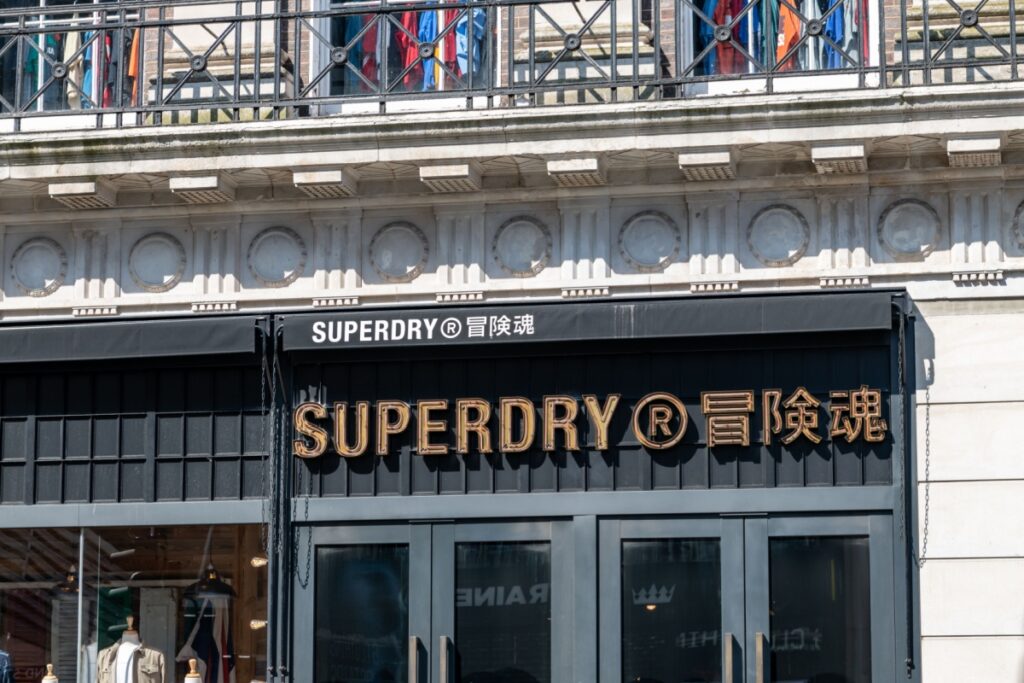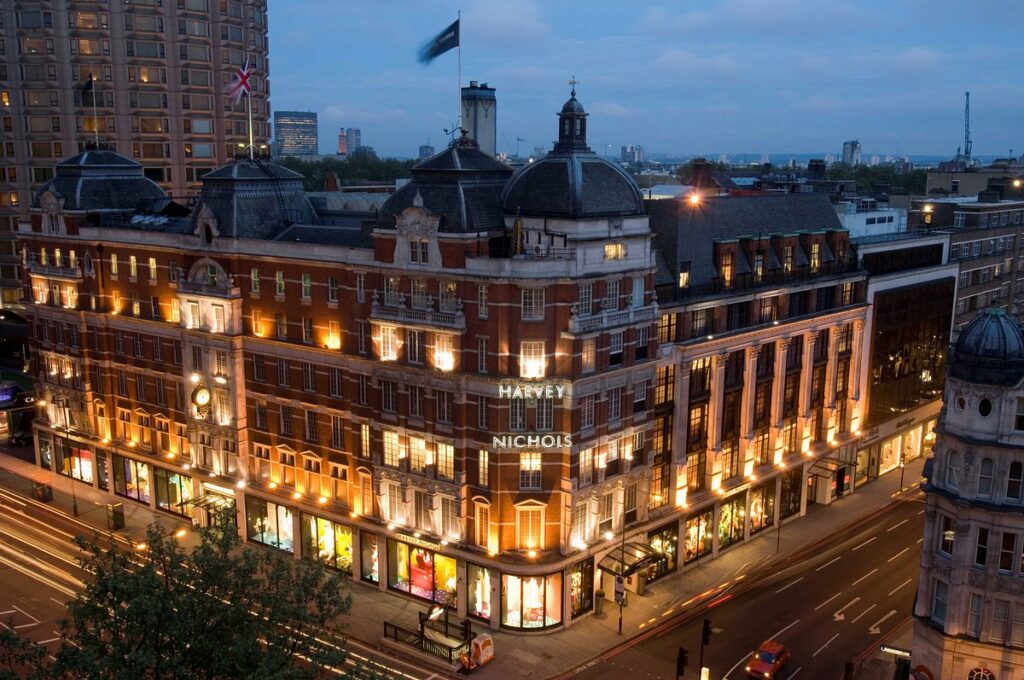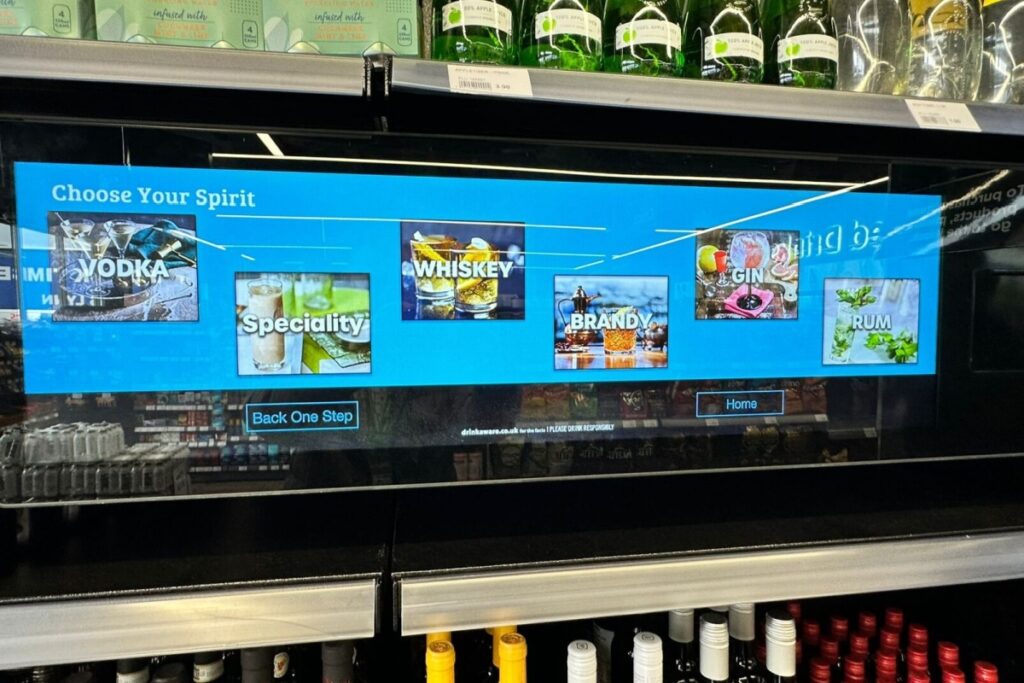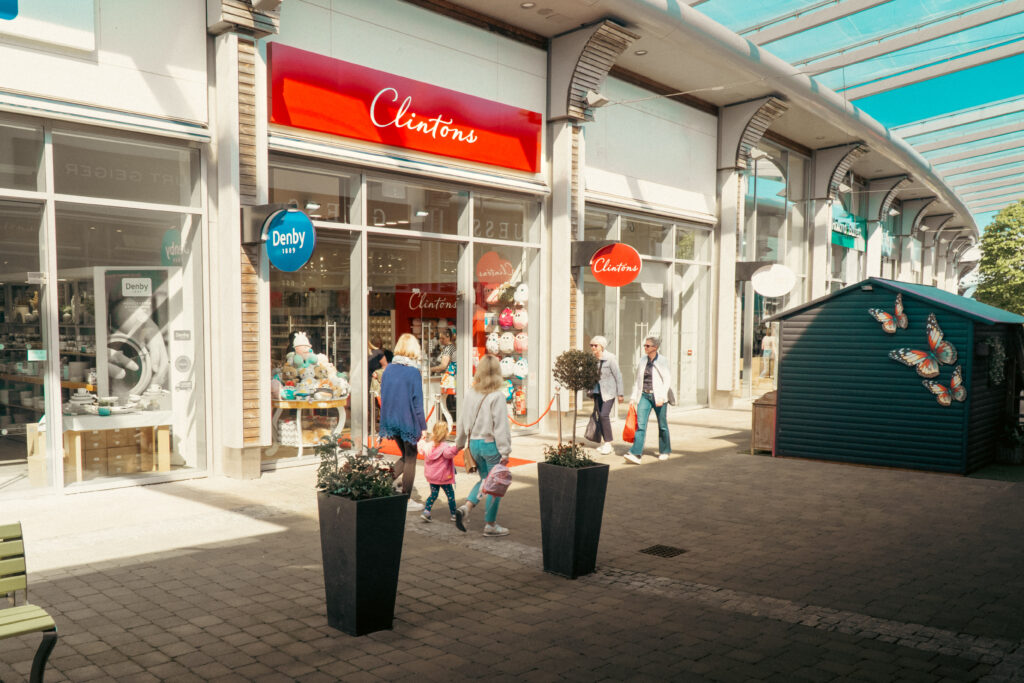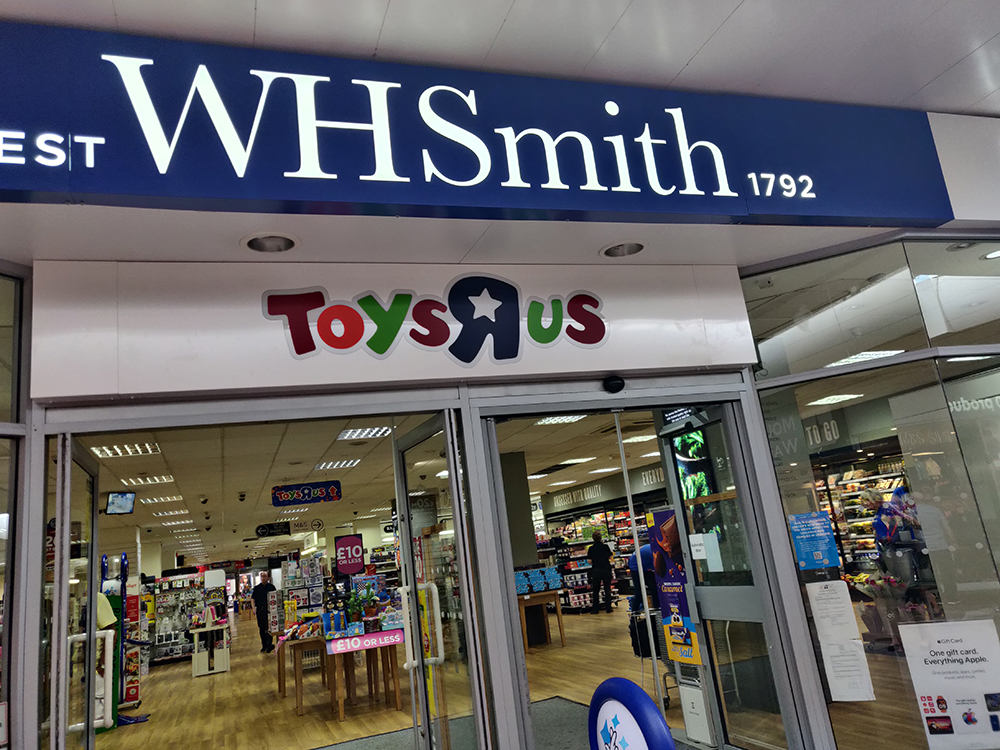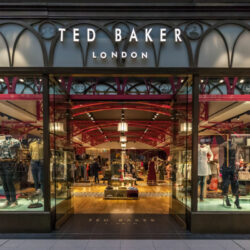Stand-out uses of social media in retail in recent weeks include Burberry’s decision to make its London Fashion Week (LFW) collection only available on Instagram and WeChat, and Nike’s ad campaign featuring American Football star Colin Kaepernick.
Burberry made items from new chief creative officer Riccardo Tisci’s debut London runway show exclusively available on social and in its flagship Regent Street store, representing the first time it had created such a bespoke social-first campaign.
Nike, meanwhile, heavily promoted its Kaepernick campaign across social channels in a move that kickstarted widespread debate in the US around a sporting figure who in 2016 started kneeling during the pre-match national anthem to protest racial injustice.
Both brands seemingly understand the power of social media in supporting their desired messaging and appreciate the various social platforms’ ability to drive sales and boost customer experience (CX), but there are still many retailers where this is not the case.
Against this backdrop, and alongside the launch of a report from Hootsuite, a company which provides businesses with a single platform for measuring and managing their social media activity, several retailers met up to debate core issues related to social media and their industry at a Retail Gazette event on 13 September.
Social and ‘learning up’
Representatives from fashion retailers Ted Baker and Monsoon Accessorize, beauty brands Revlon and Elizabeth Arden, hair care brand Percy & Reed, furniture retailer Lee Longlands, and B2B electricals supplier RS Components were in attendance, bringing a variety of discussions to the table.
One core conversation during the event related to the need to educate senior executives about the potential impact social media can have on business performance and the all-important CX. “Learning up,” as it was described by one attendee.
Retailers in the room spoke of their experiences having to work hard to convince boards and company owners to replace social media coordinators following their departures. There appears to be an ongoing battle on their part to ensure social media plays more than just a passing role in global brand development – it is often not taken seriously enough.
Arieta Mujay, until recently global head of global communications at N Brown Group and now an independent advisor, said: “Older people in businesses need to be willing to either get tutored by younger people in a reverse mentoring scheme, or let younger people in their 30s who straddle both worlds to take over.
“What people don’t realise that things have changed so quickly, and that unless you’re up to speed your business will die.”
During the roundtable, she added: “Some of the more established retailers are so regulated that everything needs to go through to the board before things can get signed off. Online pure-plays tend not to have the red tape and this speed to market that is helping the digital savvy ones to kick forward while others lag behind.”
There are signs that more established retailers and brands are beginning to act in a different way, influenced by the success of digital players such as ASOS, Boohoo, Missguided, and digitally-enabled Sephora, which those around the table listed as social media trailblazers.
Marks & Spencer’s massive digital push in 2018, which includes the launch of its first social-first marketing campaign driven by regular videos with celebrities broadcast on Instagram TV, is an indication of how traditional businesses understand the need to change.
Retail, social media and CX
Senior executives blocking social media is perhaps reflective of the siloed infrastructure apparent in retail, as described in Hootsuite’s Retail, Social Media, and the Customer Experience report. Some 39% of B2C businesses questioned in the survey said that a siloed organisational structure is preventing them from using social media to improve the customer experience.
One brand that believes it has positioned its social media team in the most suitable way to avoid such silos forming is Ted Baker. The company’s social media manager, Emily Davis, was one of the roundtable attendees.
She said: “Ted’s social team is fully integrated into his wider brand communications and digital teams, making them a key bridge between marketing, CRM, PR, creative and e-commerce.
“This makes certain that Ted’s campaigns, however large or small, always come together cohesively for his customers, and always showcase his unique, British personality across multiple touch points.”
Another key finding from the Hootsuite paper is that businesses struggle to extend social media strategy beyond brand awareness and into loyalty, advocacy and sales.
The report suggests marketing departments are typically the main division of a business where social strategy is developed, rolled out and managed, but it argues that spreading its usage across departments can have far-reaching benefits.
Some 62% of businesses could not strongly agree that their customer service operations were set up to respond to comments on social media, and the same percentage could not strongly agree they monitored how quickly customer questions are addressed on social media. The roundtablers were unanimous in their view that customer service needs to be a key part of any social strategy.
“It’s about empowering teams to be an extension of your brand,” explained Mujay.
“Retailers need to listen to their customers and then empower customer service teams to respond.”
One attendee warned that although it’s important to respond and try and turn negatives into positives, it’s just as vital “to not be too much of a pushover”. The thought being that if retailers and brands submit to customers too easily, it could open themselves up to a raft of customers demanding freebies or special treatment.
Keep social, social
Although several tactics for boosting sales and highlighting key brand messages through social media were discussed, the roundtable participants agreed social has to be social, first and foremost.
When attendees were questioned whether there is a right time to shift tactics from engagement to pushing sales on social, there appeared a reluctance to go too commercial. While Burberry is testing the waters with its ‘buy now on social’ model around LFW, Nike’s hike in followers and share price in the weeks since promoting its association with Kaepernick shows positive social usage is not just measured in hard sales.
One attendee warned “don’t bombard your customers on social”, and be particularly careful at peak times. “Keep it social first and by proving this, you can then throw in the sell. For many e-tailers, that’s just part of their culture.”
Will Barton, enterprise sales director at Hootsuite, said: “Retail organisations understand the importance of differentiating through customer experience and they also understand social has become a connecting thread in how consumers find and interact with brands.
“But they should be considering how to expand social media initiatives beyond the marketing department into lower funnel activities such as advocacy and evaluation – and measuring the results on a regular basis to ensure return on investment.”
For further insight on how retailers can manage and improve CX, download Hootsuite’s Retail, Social Media, and the Customer Experience report
Click here to sign up to Retail Gazette‘s free daily email newsletter



